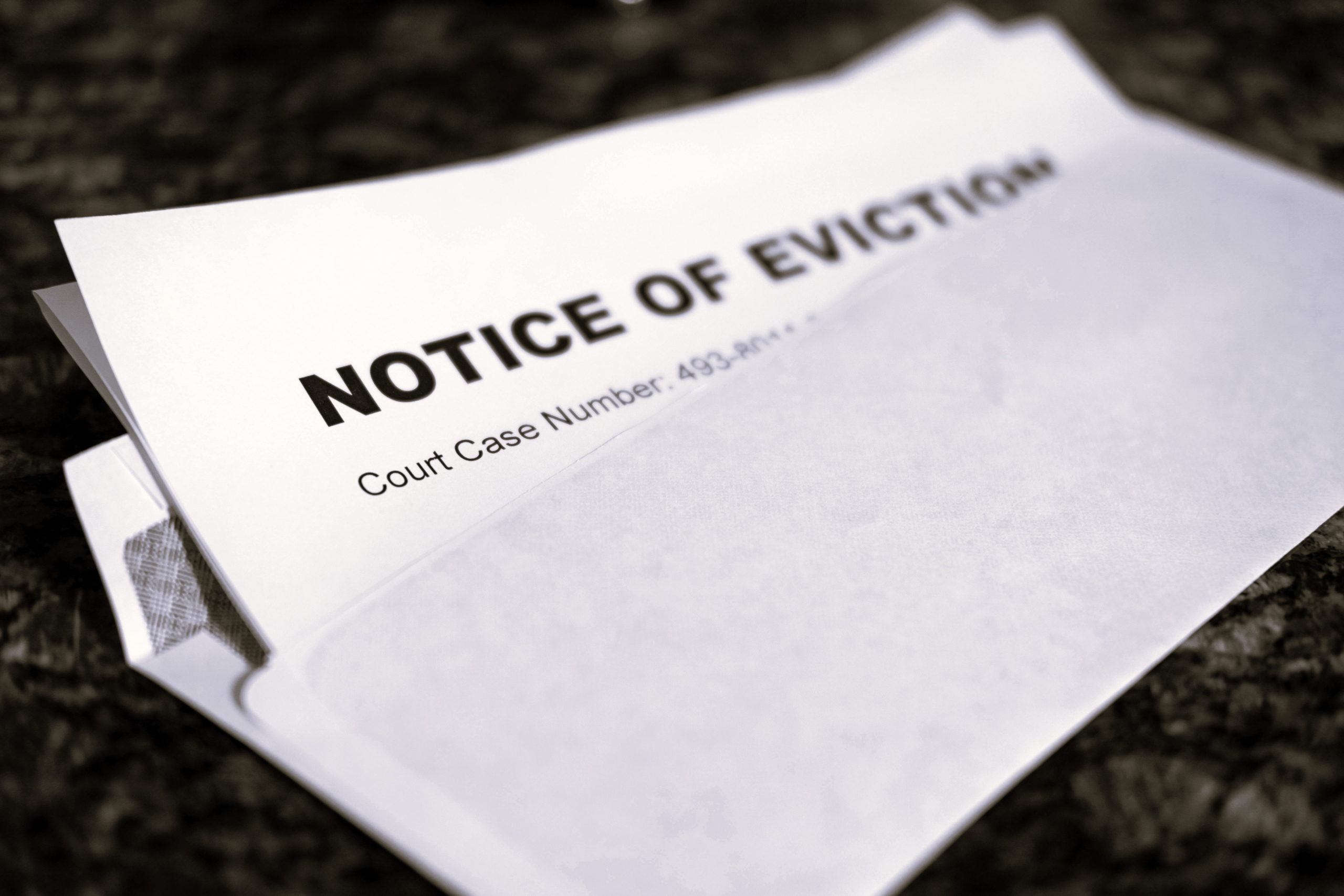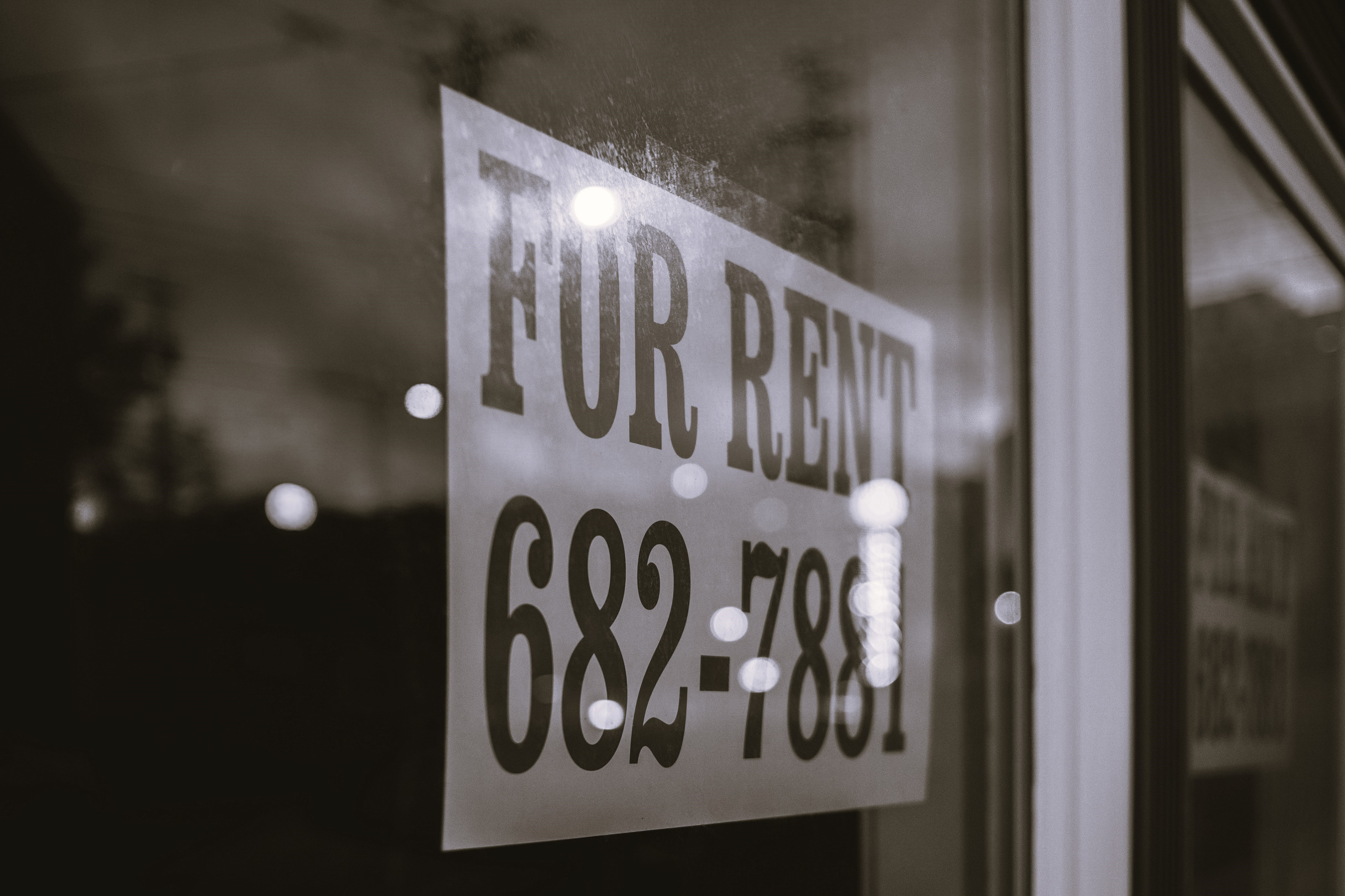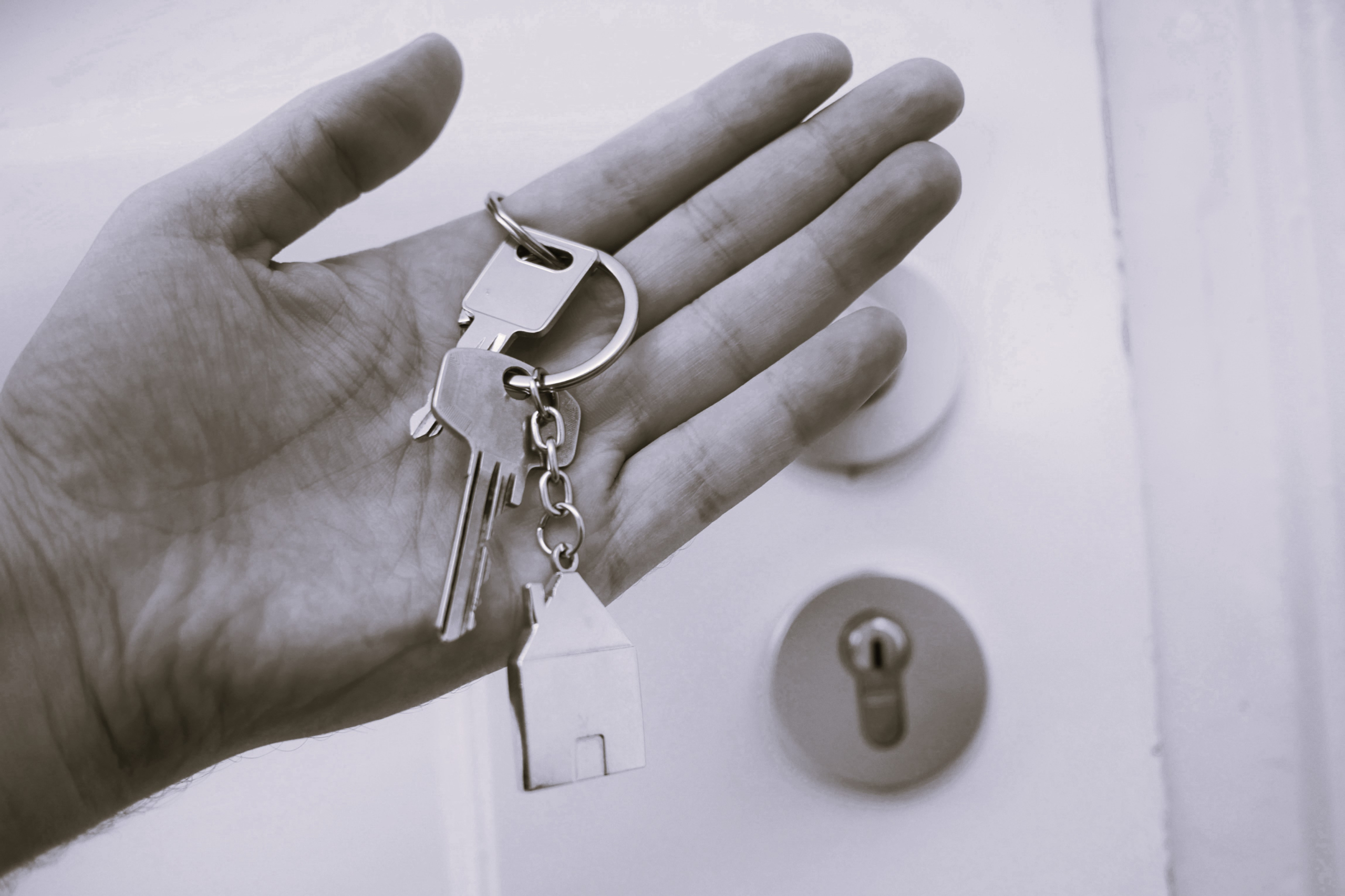A Dive into the Parisian Housing Crisis: Squatters’ Rights, Abandoned Properties, and Questionable Legislation
Gabriel Osinga (EVICT student researcher)
As the world’s population edges ever closer to the eight billion mark, a new dynamic has formed between humans and housing. This increase in population has seen a dramatic upshift in demand for accommodation which has created a strain on the housing market. As such, worldwide affordable-housing shortages have appeared and have contributed, together with an ever-extortionate cost of living due to inflation, to elevated amounts of homelessness.
This can most notably be seen in major cities, such as Paris, in which the immensely-high cost of living can be largely attributed to the real estate market. In 1999, the average price per square metre was between 1,790 and 4,120 euros whereas these figures have increased to between 6,920 and 12,200 euros in 2016. Accordingly, affordability has worsened as Parisian property value has increased by 70% from 2000-2019. This has resulted in over 30,000 people being homeless in the capital city alone.
Covid-19
Another notable contribution to Paris’s homelessness crisis has been the impact of Covid-19. The virus has had a significant impact on unemployment rates, and it has been estimated that this has reached 8.6% in France in 2020. Thus, this has had, and will undoubtedly have, a significant impact on homelessness as this would create difficulties in people’s ability to pay rent due to their lack of income. However, what is astonishing is that as of September 2020, it has been reported that about 15% of Parisian properties remain unoccupied. This has been a growing issue in the nation’s capital for some time, and has actually become more severe over time, as this number was ‘only’ down to 7.5% in 2017. The city has been fighting this issue for years in a quest to minimise wasted properties. In 1998, the ‘Taxe sur les Logements Vacants’ (Tax on Vacant Lodgements) was introduced and in 2017 the Paris Council amended Article 1407 ter of the ‘Code général des impôts’ (General Tax Code) which increased taxes for unoccupied and second homes. This increase saw taxes for these properties increase from 20% to 60% in a bid to incentivise property owners, much like the 1998 ‘Taxe sur les Logements Vacants’ (TLV) law, to sell off unused properties and contribute to the housing market. However, as the figures demonstrate, this has been an uphill battle for the Paris Council, and one that they are losing. Vacancies have continued to increase and it seems as if legislative efforts have not successfully reversed this trend. Cumulatively, the factors of a housing market unable to keep up with demands of an ever-growing population, the increasing cost of living, elevated unemployment, and the large number of unoccupied properties have led some of the economically-unstable Parisians to attempt to obtain a home through less conventional methods, for instance by means of squatting.
Squatting
Squatting is the act of unlawfully penetrating an apartment or building in which the person who has a title to the building has terminated or simply not given permission to use it. This method of obtaining housing has been used for a long time by ‘squatters’ and has even resulted in the creation of iconic parts of the city. For example, in 1999 a group of squatter-artists occupied 59 Rue de Rivoli and transformed it into what is now known as ‘Rivoli 59’, serving as a famous art gallery which attracts 70,000 visitors every year. The iconic image of Rivoli 59 meant that in 2006, the space was bought by the Parisian city hall and legislation was introduced in order to make it a legal entity with application processes and monthly fees. This has divided the squatting community, as some members of Rivoli 59 welcome the legislation as it legitimises their residence and is a more advantageous situation as they do not get evicted after a certain amount of time. However, others believe that the city criminalises the act of squatting in some instances whilst at the same time contrarily legalising certain squats which they deem presentable. Thus, squats have developed from a mere shelter to a cultural identity with history behind them, as exemplified by the thirty artists residing within the Rivoli 59 squat. Irrespective of one’s view on the process of legalising the Rivoli 59 squat, it is clear that the squat itself has had a positive impact on the community. However, this still does not address the issue regarding the fact that many properties are still left unoccupied and unused whilst Paris’s homelessness crisis worsens.
It seems as if many of these properties could be used to accommodate the homeless and be transformed into squats. To an extent, this idea has gained traction throughout the community, as vacant properties awaiting construction, termed ‘meanwhile spaces’, have been transformed throughout the city into temporary urban campsites up until construction recommences. This initiative has revived empty properties and essentially revived these abandoned locations for the benefit of the community as well as acting as a clever solution to the French capital’s problem. Of these ‘meanwhile spaces’, some have seen great success and have even experienced high tourist activity akin to Rivoli 59. In 2015, formerly home to the Saint-Vincent-de-Paul hospital, a property in Paris’s 14th district was transformed into house allotments called ‘Les Grands Voisins’ with a football pitch and even a market. It created a community and established a relationship between residents and shoppers alike which proved beneficial to all. As the property was scheduled for reconstruction in 2020, the empty space was put to use to accommodate over two thousand workers and residents. Construction of a new neighbourhood commenced in 2020 and as such Les Grands Voisins is permanently closed. However, during the period that it was open, it demonstrated a creative solution to Paris’s housing and empty property issues.
Despite the success of Rivoli 59 and Les Grands Voisins, they are placed on the extremely positive end of a spectrum which, as can be deduced, contains many less successful instances of squatting. InfoMigrant, an online project funded by the EU and led by major European news agencies such as Deutsche Welle, France Medias Monde, and ANSA, reported in 2021 on a disused Parisian office which held 250 migrants in January. It outlines the struggles the migrants have with obtaining food, water and warmth as it recounts a crowd forming around an aid organisation’s van as they opened their doors to give out blankets and food. It describes the makeshift home as having ‘broken window frames, smashed up windows patched up with cardboard, leaking pipes, visible grime, broken toilets, no showers’. The article further recalls that firefighters were called twice during InfoMigrant’s visit on January 26 as occupants of the building had injured themselves on the unsafe stairs of the premises. Clearly, squatting is still an issue to the city and shows that legislative support is needed in order to better accommodate the homeless.
The issue of abandoned and unused buildings in combination with lack of housing for many still looms large in Paris.
Even with initiatives such as Rivoli 59 and Les Grands Voisins, the issue of abandoned and unused buildings in combination with lack of housing for many still looms large in Paris, and for that matter within the whole of Europe. In reality, steps have even been taken in order to make it harder for squatters to have shelter and laws have been passed by the French government which give property owners more power.
The introduction of stricter squatting legislation into the French legal system came as a response to many instances in which property was damaged by squatters who had overtaken premises. Notably, in 2020 owners of a house in Théole-sur-Mer were forced to deep clean and even replace furniture and walls after squatters had used the home as a temporary abode. Although not located in Paris, it highlighted an issue that arises when squatters enter properties and use them for themselves without permission from the owner and it has been a contributing factor to the stricter legislation that France has implemented and proposed over the 2020-2021 period.
Eviction proceedings
Previously, owners of properties which were inhabited by squatters would have to commence judicial proceedings in order to evict them if the squatters were discovered after forty-eight hours of entering the premise. This process could take weeks or even months before a court decision was reached. Thus, even if the court decided in favour of the property owner, the squatters would still have shelter for the weeks or months leading up to the final decision. However, the French government introduced a new law in November 2020 which removed the forty-eight-hour limit and instead made it possible for owners to complain as soon as they find out that there are intruders on their property. Additionally, the law prescribes that in case the police cannot move the squatters, owners can apply to the prefect of the police department who must respond within forty-eight hours as to whether they can or cannot remove the squatters by force. In the case that the department refuses to do so, they must also provide justification for this. This law drastically reduces the time it takes to remove squatters from properties in many instances and takes away the lengthy judicial process that squatters have relied upon to maintain shelter.
Consequently, the introduction of this law has sparked controversy from both human-rights and property-owners-rights activists. The law can be seen as an obstacle to potential squatters’ right to life contained in Article 2 of the European Convention on Human Rights (ECHR), their right to respect for private and family life in Article 8 ECHR, and their right to security in Article 5 ECHR. Simultaneously, though, it has the possibility of still not protecting property-owners adequately as the law does not have any effect on evicting squatters in situations where the prefect has refused to take action. As such, many property-owners believe that their right to property is being infringed upon. Lawyers in France have also argued that the requirement that the prefect provides justification for refusals to act is ineffective in practice as their reasoning can be extremely vague as the law provides that the prefect can justify their decision to not move the squatters by merely stating that it would cause a threat to public order. One can easily deduce how this term has the possibility of being used in many situations due to its very broad and far-reaching nature.
It is additionally argued that these laws revolve around safety as many of the buildings that squatters occupy have been abandoned in the first place for not meeting modern safety requirements such as possessing acceptable fire escapes or having weak foundations. In a sense, it could be argued that the restrictions on using these properties as de facto shelter is indeed to uphold the right to life in Article 2 ECHR but many squatters believe that this view possesses a major flaw in the sense that most people would rather live in an ‘unsafe’ building complex than in the street.
The implementation of stricter legislation for squatting rights creates more issues than it resolves.
The implementation of stricter legislation for squatting rights creates more issues than it resolves. Their implementation as a response to squatters damaging properties and the need for property-owners is not by the merits unjust, but the negative effect heavily outweighs the positive. The trend to implement stricter laws only contributes to Paris’s (and France’s) homelessness crisis as it makes it much easier to force squatters back on the street with no protection from the elements and other societal dangers that one can extrapolate would be present on the city streets. Further, the properties being used for squatting are implicitly unoccupied or abandoned (otherwise it would be impossible for the squatters to take over the property in the first place). Thus, an increase in the ease in which it is possible to force squatters off properties has the effect of elevating the already substantial amount of abandoned and unused properties in Paris. Somewhat paradoxically, this is clearly an issue which troubles the French and Parisian government since, as previously mentioned, they have introduced elevated tax to counter vacant properties. Additionally, and at the core of the issue, it contributes to the inability of France’s housing market to adequately accommodate for a huge population and consequently means that many individuals experience infringements on their rights contained within the European Convention of Human Rights.
A more suitable approach to tackle this issue would be to further legitimise through more legislation the use of abandoned or unused property as squatting locations. As seen through Rivoli 59 and Les Grands Voisins, this can have a positive impact on multiple levels. Such legislation would most likely add regulation and quasi-institutionalisation to squatting and could even create task forces which would deal with ensuring that unused properties are as safe as they can be. Further, regulations could be passed which include a lower threshold for safety requirements of abandoned buildings, thus allowing more squatters to legally use buildings. Building on the idea of the increased tax on unused second properties, rules could be implemented which allow squatters to temporarily use the property legally until the owner needs the premise again if that original property owner has not done so themselves after a certain period of time. This would allow squatters to make use of unused properties whilst striking a balance with property owners’ rights as they would regain control of the property once they need it again. Of course, this issue is extremely complicated and it seems as if it is far from being resolved. As initiatives and legalisation of certain squats continues to increase, stricter legislative proposals regarding squatter rights also experience a similar trend. As the French government struggles to strike a fair balance between property owners’ and squatters’ rights through these means, the cost of living and in turn the homeless population in Paris continues to increase at an unprecedented scale. Given the circumstances at the time of writing this blog in mid-2021, it is clear that an effective remedy, and a quick one at that, is needed before this issue spirals into an even more uncontrollable state.
The cost of living and in turn the homeless population in Paris continues to increase at an unprecedented scale.





